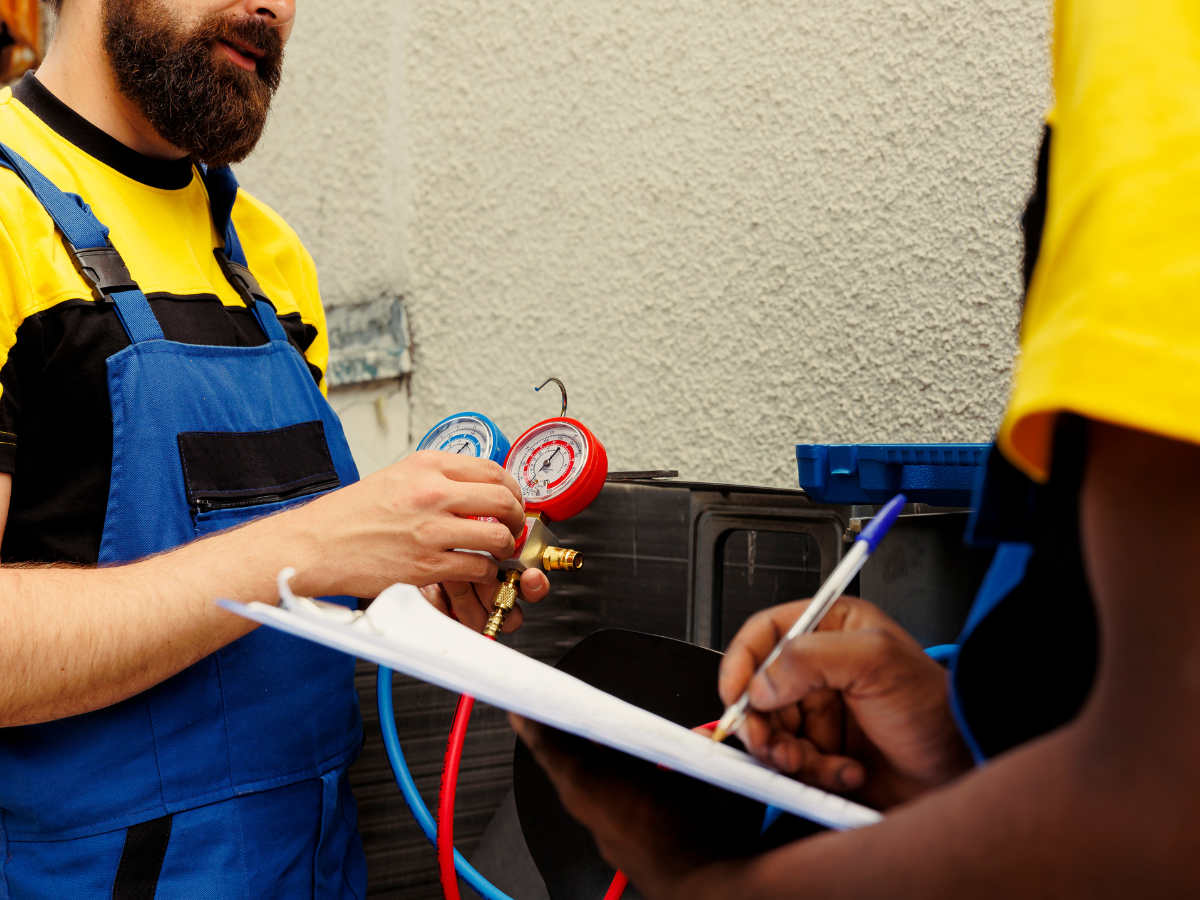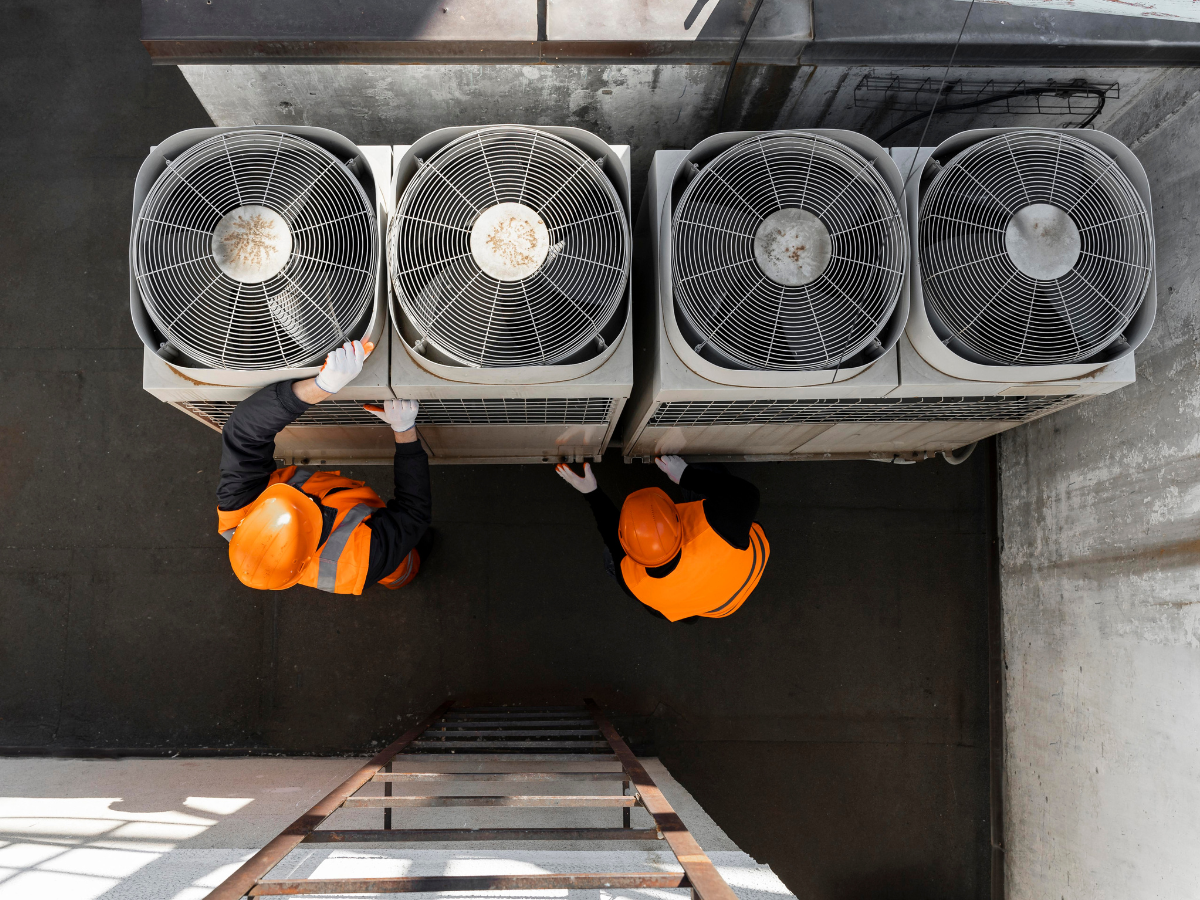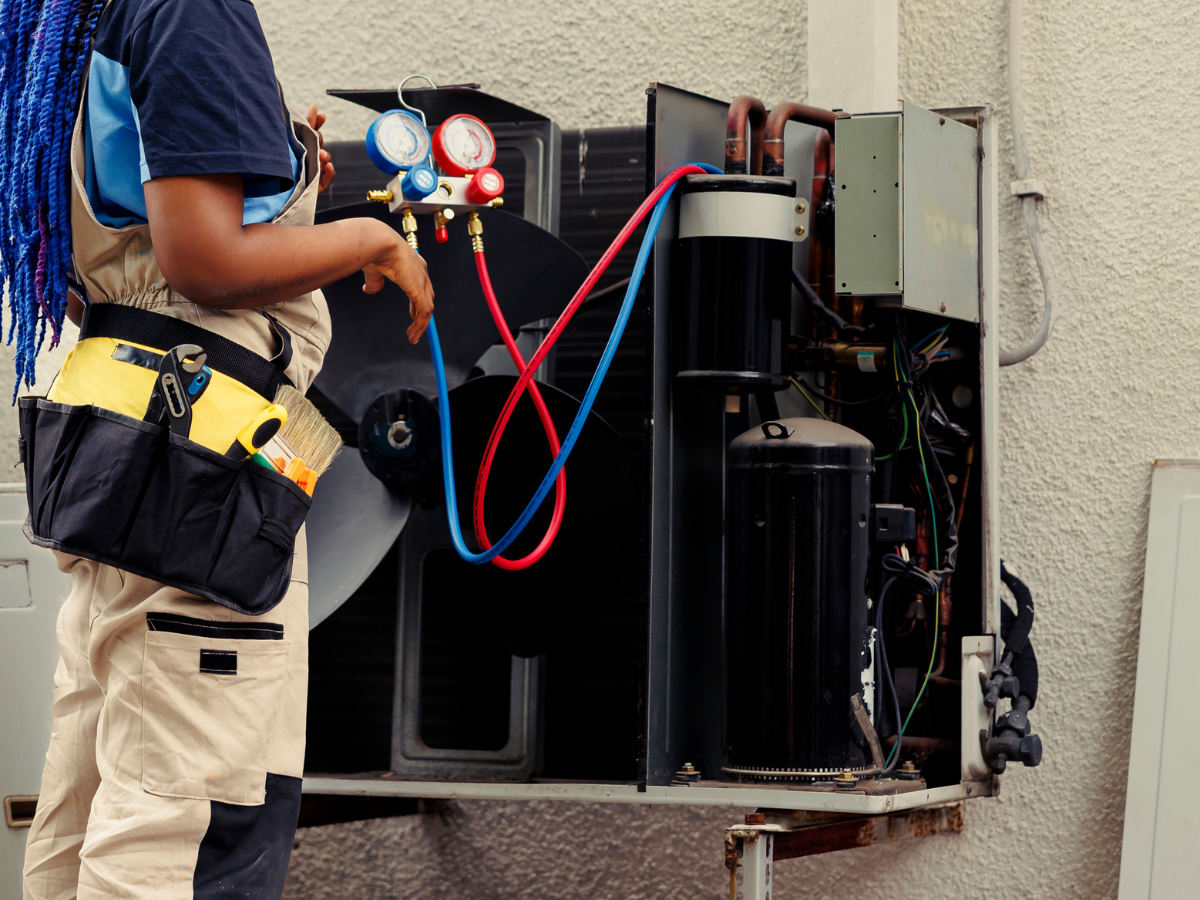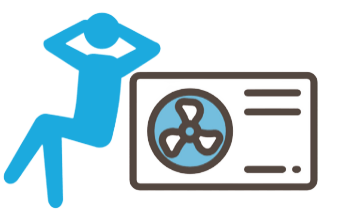AC Installation Essentials: A Complete Homeowner's Guide
As summer approaches, having a reliable air conditioning system is essential for home comfort. Understanding installation basics is crucial whether you’re new to AC Installation or upgrading. This guide explores various air conditioners—central, window, and portable—and key factors to consider, such as size, energy efficiency, and budget.
Choose an appropriately sized unit to meet your cooling needs while avoiding energy waste. Familiarize yourself with energy efficiency ratings to help reduce utility costs. After selecting your AC, ensure proper installation and commit to regular maintenance, including filter changes and professional inspections, to optimize performance and longevity. With this knowledge, you'll be ready to make informed decisions, ensuring a comfortable living environment all summer long.
Types of Air Conditioners
- Central Air Conditioning Systems: These systems are designed to cool the entire home. They use a network of ducts to distribute cooled air from a central unit. Air Conditioning is ideal for larger homes, providing consistent temperature control throughout multiple rooms.
- Ductless Mini-Split Systems: These systems are an excellent choice for homes without existing ductwork. Ductless systems consist of an outdoor compressor unit and one or more indoor air handling units, allowing for zoned cooling. This flexibility makes them popular in modern homes.
- Window Units: Window AC units are standalone units installed in windows or through walls. They are more suitable for cooling individual rooms and are often a more affordable option for homeowners on a budget.
- Portable Air Conditioners: These units are versatile and can be moved from room to room. They typically vent through a window and are a great option for renters or those needing temporary cooling solutions.
Factors to Consider Before Installation
Before installing an AC system, several factors need to be considered to ensure you choose the right unit for your home:
- Size of the Unit: An undersized AC will struggle to cool your space, while an oversized unit will cool too quickly without adequately dehumidifying the air. To find the right size, calculate the cooling capacity needed in British Thermal Units (BTUs). A general guideline is to use 20 BTUs per square foot of living space. For more precise calculations, consider factors like ceiling height, insulation quality, and sunlight exposure.
- Energy Efficiency: Look for units with a high Seasonal Energy Efficiency Ratio (SEER) rating. Higher SEER ratings indicate more efficient units, leading to lower energy bills. The U.S. Department of Energy recommends a SEER rating of at least 14 for optimal efficiency.
- Ductwork Condition: If you’re opting for a central AC system, inspect your ductwork for leaks, insulation quality, and overall condition. Poorly maintained ducts can lead to significant energy loss and reduced cooling efficiency.
- Installation Location: Consider where to place the outdoor and indoor units. The outdoor unit should be located in a shaded area with good airflow, while the indoor unit should be centrally located for optimal air distribution.
- Budget: Determine your budget for both the unit and installation costs. While cheaper units may save you money upfront, investing in a high-quality system may save you more in energy bills and maintenance costs over time.
The Installation Process
Step 1: Preparing for Installation
Before installation begins, take the following preparatory steps:
- Clear the Installation Area: Ensure the area around the installation sites is clear of obstacles. For central systems, this includes the attic or basement where ductwork may be run.
- Gather Tools and Equipment: If you plan to install the unit yourself, gather all necessary tools, including screwdrivers, wrenches, a drill, and level, as well as safety gear like gloves and goggles.
- Read the Manual: Familiarize yourself with the specific instructions provided by the manufacturer for your AC unit. Every model has unique installation requirements.
Step 2: Installing the Outdoor Unit
- Choose the Location: Select a spot that is level, stable, and provides adequate airflow. Ensure it is placed away from any obstructions, such as walls or vegetation.
- Level the Base: If your outdoor unit does not come with a pre-installed base, create a level foundation using concrete blocks or a pre-fabricated pad.
- Secure the Unit: Once leveled, secure the unit in place using screws or brackets provided by the manufacturer.
- Connect the Electrical Supply: Ensure power to the unit is off. Connect the electrical supply according to the manufacturer’s instructions, usually involving wiring to a disconnect switch.
- Install the Refrigerant Lines: Use insulated copper tubing to connect the outdoor unit to the indoor unit. Follow the manufacturer’s specifications for routing and securing these lines, ensuring there are no kinks or sharp bends.
Step 3: Installing the Indoor Unit
- Choose the Mounting Location: For ductless systems, decide on the best wall location for the indoor unit, ideally in a central area for even air distribution.
- Mount the Bracket: Install the mounting bracket according to the manufacturer's instructions. Use a level to ensure it is straight.
- Drill a Hole for the Refrigerant Lines: If installing a ductless system, drill a hole through the wall for the refrigerant lines, ensuring it slopes slightly downward toward the outdoor unit for proper drainage.
- Attach the Indoor Unit: Hang the indoor unit on the mounting bracket and secure it according to the manufacturer’s instructions.
- Connect the Refrigerant Lines and Drain Line: Connect the refrigerant lines from the outdoor unit to the indoor unit, ensuring all connections are secure. If using a drain line, make sure it slopes downward for proper water drainage.
Step 4: Completing the Installation
- Seal All Connections: Use insulation tape or foam insulation to cover all exposed refrigerant line connections to prevent energy loss.
- Test the Unit: Turn on the power supply and test the unit for proper operation. Ensure both the indoor and outdoor units are functioning correctly.
- Check for Leaks: Inspect all connections and lines for any refrigerant leaks. If you suspect a leak, it’s best to call a professional.
- Insulate Ductwork (if applicable): For central AC systems, insulate any exposed ductwork to improve efficiency.
Step 5: Final Checks and Maintenance
- Set Up the Thermostat: If your AC Installation system includes a thermostat, follow the manufacturer’s instructions to set it up correctly. Consider installing a smart thermostat for enhanced control and efficiency.
- Regular Maintenance: Schedule regular maintenance checks to ensure your AC system runs efficiently. This includes cleaning or replacing filters, checking refrigerant levels, and inspecting for any signs of wear and tear.
- Know When to Call a Professional: While basic maintenance can often be handled by homeowners, know your limits. If you encounter issues with installation, refrigerant levels, or electrical connections, it’s best to call a licensed HVAC technician.

Common Mistakes to Avoid
During the installation process, avoid these common pitfalls:
- Improper Sizing: Choosing a unit that’s too small or too large for your space can lead to inefficiency and discomfort. Always consult a professional if unsure about sizing.
- Ignoring Local Codes: Installation must comply with local building codes and regulations. Ensure you have any necessary permits before installation begins.
- Neglecting Ductwork: For central systems, ensure ductwork is clean and in good condition. Neglecting this can lead to energy loss and inefficient cooling.
- Forgetting Regular Maintenance: Failing to perform regular maintenance can lead to costly repairs and premature system failure. Set reminders for filter changes and annual inspections.
Energy Efficiency and Saving on AC Installation Costs
Once your AC system is installed, it’s essential to operate it efficiently to save on energy costs. Here are some tips to maximize efficiency:
- Set the Thermostat Wisely: Keeping your thermostat at a higher temperature when you’re away can save energy. A setting of around 78°F is generally recommended for comfort and efficiency.
- Utilize Ceiling Fans: Ceiling fans can help circulate cool air, allowing you to set your thermostat a few degrees higher without sacrificing comfort.
- Close Curtains and Blinds: During peak sunlight hours, close curtains and blinds to block out heat and reduce the workload on your AC system.
- Seal Gaps and Leaks: Inspect windows and doors for gaps or leaks that allow cool air to escape. Use weather stripping or caulk to seal any openings.
- Schedule Regular Maintenance: Regular check-ups by a professional will ensure your AC unit runs at peak efficiency and helps identify any issues before they become major problems.
Troubleshooting Common AC Issues
Even with proper installation and maintenance, issues can arise. Here are some common problems and troubleshooting steps:
- AC Won't Turn On: Check the power supply and ensure the circuit breaker hasn’t tripped. Inspect the thermostat settings and batteries.
- Insufficient Cooling: This can be caused by dirty filters, blocked vents, or low refrigerant levels. Check and replace filters and ensure vents are unobstructed.
- Strange Noises: Unusual sounds can indicate loose components or debris in the unit. If you hear banging, rattling, or hissing, it’s best to consult a professional.
- Water Leaks: If water is pooling around the unit, check the drain line for clogs and ensure the unit is level.
- Foul Odors: Musty smells can indicate mold in the system. Turn off the AC and contact a professional to inspect and clean the system.
Conclusion
Installing an air conditioning system is a significant investment in your home’s comfort and energy efficiency. By understanding the various types of AC Installation units, considering key factors before air conditioner installation, and following the proper steps for setup, homeowners can ensure a successful installation.
Regular maintenance and energy-saving practices will further enhance the lifespan and performance of your system. For professional assistance, Comfort Zone HVAC is available to help ensure your home stays cool and comfortable all summer long. If you’re in need of HVAC services in Bellingham, WA, don’t hesitate to consult their team of experts for reliable support and service. When in doubt, they are here to help!
You might also like




